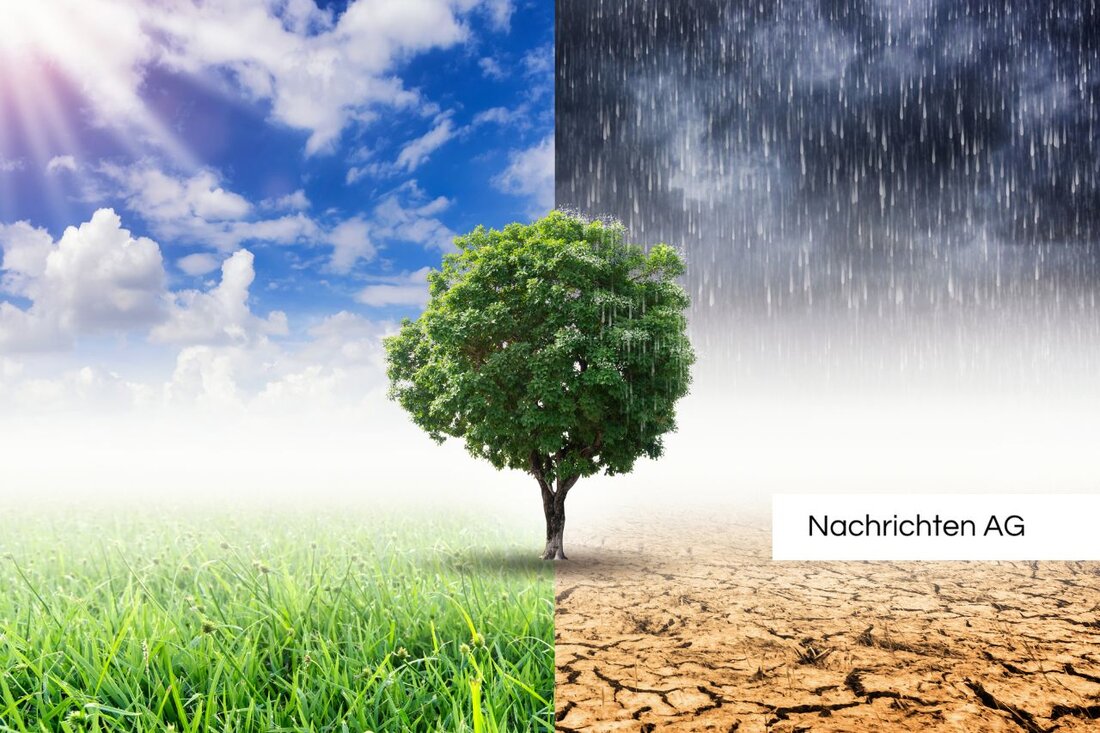Icy warning: The threat of sea level rise is so dangerous!
The CAU Kiel is investigating the West Antarctic ice sheet, whose melting could dramatically raise sea levels.

Icy warning: The threat of sea level rise is so dangerous!
The West Antarctic Ice Sheet (WAIS) is a central element of global climate and environmental research. According to the Christian Albrechts University in Kiel (CAU), this ice sheet is extremely vulnerable to ocean warming and could raise global sea levels by more than four meters if it melts completely. These alarming findings come from a recent study conducted by the CAU-led team during the Marine Isotope Stage 11 (MIS 11) warm period, approximately 400,000 years ago. The results were published in the scientific journal Nature Communications published.
The study shows that the WAIS has responded significantly to temperature increases in the Southern Ocean in the past. The MIS 11 warm period is considered one of the longest and most stable warm periods in the last million years, with global temperatures up to two degrees Celsius above pre-industrial levels. At the same time, CO₂ concentrations were comparably high, indicating a dramatic rise in sea level, estimated to be six to 13 meters above current levels.
Insight into MIS 11
Marine Isotope Stage 11 (MIS 11) describes the interglacial period from about 424,000 to 374,000 years ago. This phase brought with it the highest temperatures and sea levels in the last 500,000 years, with global sea levels estimated to be up to 20 meters higher than today. During this period, conditions were not only warm, but also characterized by intense thermohaline circulation and remarkable marine productivity, without the typical CO₂ peaks usually associated with melting processes. This information is based on analyzes of geological data obtained from sediment cores and other natural archives and suggests a potential analogue function for future climatic developments.
A fascinating detail of the study results is the discovery of oxygen minimum events in the sediment cores of the Pacific sector of the Southern Ocean, which correlate with the temperature changes of the circumpolar deep water. These warming temperatures, documented by the researchers, likely accelerated the melting of ice shelves and compromised the stability of the hinterland ice.
Future forecasts and climate impacts
The discussion about future sea level changes is receiving additional impetus from current studies. A recent publication from 2025 predicted that global sea levels could rise by more than a meter by 2100. These findings are based on a comprehensive analysis of peat layers from the German Bight, which were examined by the LIAG geochronology laboratory. The results showed that there have been two periods of rise of over one meter per century in the past, increasing concerns about the rate of current climate change.
Scientists point out that the current rate of sea level rise is about three millimeters per year, but could continue to rise due to anthropogenic influences. In particular, the connection between the more difficult conditions caused by humanity and the historical data could have important implications for climate research and sharpen our understanding of future developments.
The international research team working to study WAIS and its relevance to sea level rise includes several institutions, including the Alfred Wegener Institute and the University of Delaware. The hybrid study between geochemical techniques and data-driven analysis could thus remain crucial to address the challenges of global warming.

 Suche
Suche
 Mein Konto
Mein Konto
